|
Hello! My name is Tom Garncarz, and I’m a new member on the Learning to See project. My role for the next few months will be to design and develop an interactive game to help new learners better test their ability to identify macroinvertebrates and consequently, water quality. I will be posting occasionally to document my research and design process throughout the semester. Over the course of the past two weeks, I’ve been conducting secondary research and ideating on early designs for such a game. Given my unfamiliarity with macroinvertebrates prior to this project, my research has been primarily focused on developing a broader understanding of this domain from a scientific perspective. However, because I have the unique opportunity to teach myself a knowledge domain directly before creating a design to teach others, I can examine the materials I’m using to teach myself on a meta-evaluative level. The first section of this blog post will discuss the resources I’ve looked at, how they teach their content, and what insights I can derive from them towards the design of an interactive game. Research Guide to Aquatic Insects The first resource that I examined was the Izaak Walton League’s Guide to Aquatic Insects and Crustaceans. This book was recommended to me as a primer guide for getting familiar with the domain of macroinvertebrate research, and as such, it seemed like a logical place to start my investigation as well. The Guide is written largely in prose, and reads somewhat like a textbook. Different classes of macroinvertebrates are anatomically and contextually detailed, accompanied by black and white illustrations. Guide describes each of these organisms in terms of what anatomical features can be used to disambiguate it from similar-looking macroinvertebrates, which comes as a welcome feature for new learners. These descriptions, in conjunction with the provided illustrations allow for a high-level understanding of what features define each class of macroinvertebrate. However, because this resource is written in prose, it’s definitely designed to act as a book to be read front-to-back, rather than a field resource or a teaching tool to be quickly consulted. This isn’t necessarily a bad thing, but it distinguishes Guide from some of the other resources to be mentioned in this post. Flashcards of Common Freshwater Invertebrates of North America My next resource was the Voshell/Wright set of Macroinvertebrate flashcards, a set of flashcards that detail 30 different EPT insects. Each card has a large color illustration with a size key on one side, as well as information about its insect on the other. This information includes the insect's categorical info (phylum, class, order, etc.), as well as what visual features define it, what habitat it lives in, how it moves, and what its presence means in the context of water quality. There a couple of interesting features of these flashcards that set them apart as a useful resource; each card has a size key, indicating the range of possible size that each insect could be. Additionally, indicating not only the insect's visible features, but also its habitat and how it moves, is likely useful when attempting to identify insects in the wild. I do wonder if it'd be useful to have some sort of visual indicator of habitat, however; it's difficult to visualize habitats purely from text at times, and in the context of a training game, it would be good to train players on stimuli as close to the real thing as possible. Leaf Pack Macroinvertebrate Identification Flashcards I also looked at a series of macroinvertebrate-focused Leaf Pack flashcards as part of my research. These flashcards are similar in structure to the Voshell flashcards, with color photographs of each macroinvertebrate on the front and descriptions and information on the back. The backs of each cards are less verbose than the Voshell cards, but they also contain annotated black and white top-down illustrations of the insect in question. Key characteristics of each insect are bulleted and outlined. Additionally, the set contains a glossary card that details macroinvertebrate anatomical terminology, as well as a high-level, generic overview of macroinvertebrate anatomy with annotated illustrations. The presence of this glossary card is the most interesting thing about this set when compared to the Voshell flashcards; since the client has indicated that they would like learners to be able to talk about EPT with the appropriate terminology, this seems key. A game should strive to incorporate this (though it does run counter to the idea of a more visually-focused experience). Macromania! Since my role on the team is to develop a game, it seemed prudent to look into other efforts to create games around the topic of macroinvertebrates. Macromania! is a game about water quality determination by identifying cards with EPT on them. Each card has a black and white illustration of an insect on one side, and its common name, class, order, family, life stage, and pollution group on the other. Students are tasked with identifying these cards, then understanding whether their presence in certain ecosystems (farm, forest, or city) is indicative of what quality of water. I'm intrigued by the idea of categorizing insects by the ecosystems where they are found; because the game focuses primarily on water quality identification, this makes a lot of sense. It's definitely the most comprehensive teaching aid in terms of covering the entire process of water quality testing; it does seem to lack a little something to make it fun. However, taking players through the entire process (rather than just focusing on the EPT ID) is an interesting idea that might be worth exploring. Electrocity Electrocity is an online game in which players have to act as mayor of a virtual city and make meaningful decisions with regard to how the city is powered. Building different kinds of power plants can impact cities' productivity and electricity output, but can also impact the environment. Although it has little to do with macroinvertebrates, and its scope isn’t really possible given the development timeframe of a few months, it provides an interesting perspective on designing an educational game. Electrocity puts students in a position to learn through these very high-level actions; building rapport with these concepts because of their impact on the player's city (something the player cares about!) is an interesting way to make players want to learn. I wonder if something similar couldn't be done for our domain. Research Takeaways
Based on my research, I generated a few high-level takeaways as reference points for the design of my game. The first is that some way to introduce players to the terminology used to categorize and define macroinvertebrates is important. Because most trainers (and indeed, anyone else in the community) will likely refer to macroinvertebrates by these terms, it’s important that my game help players use these terms to describe and understand the subject matter. My second high-level takeaway was that providing a context in which learners must identify macroinvertebrates is important. Although the illustrations present on the Voshell flashcards and in the Izaak Walton guide are great for anatomical identification, it’s important to show that these organisms exist in a real-life context. Telling players that these organisms are usually found in a forested area feeding on leaf detritus, for instance, will help with field identification, as learners who have played the game will be able to narrow down their possibility space to something much smaller than if the macroinvertebrates were taught independent of some local context. Finally, water quality is a personal issue; my game should make it feel like one. Often times these kinds of tasks can seem too heavily abstracted to feel meaningful (its impact on memory notwithstanding, the Greeble recognition task comes to mind). It seems important that players, when identifying different macroinvertebrates with my game, be able to understand the significance of what they are doing. Tying this work to environmental health is key to making the task feel important and meaningful, and will hopefully encourage understanding of the weight of the real-life identification task as well. |
Project TeamAn interdisciplinary team Categories
All
Archives
June 2023
|

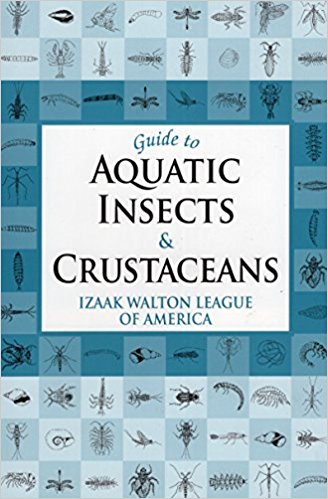
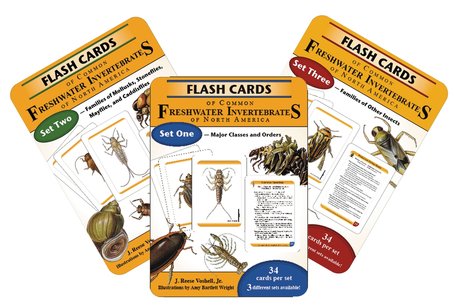
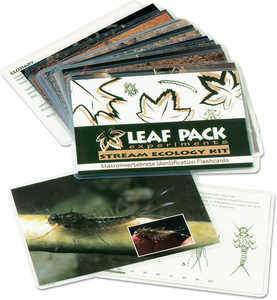
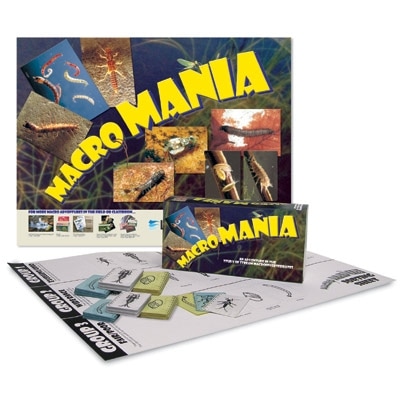
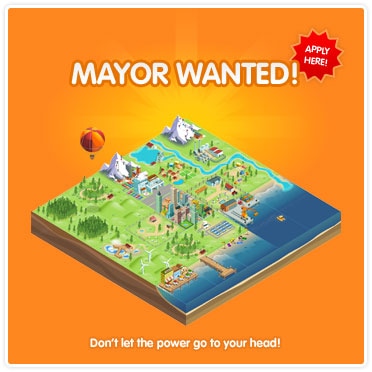
 RSS Feed
RSS Feed
